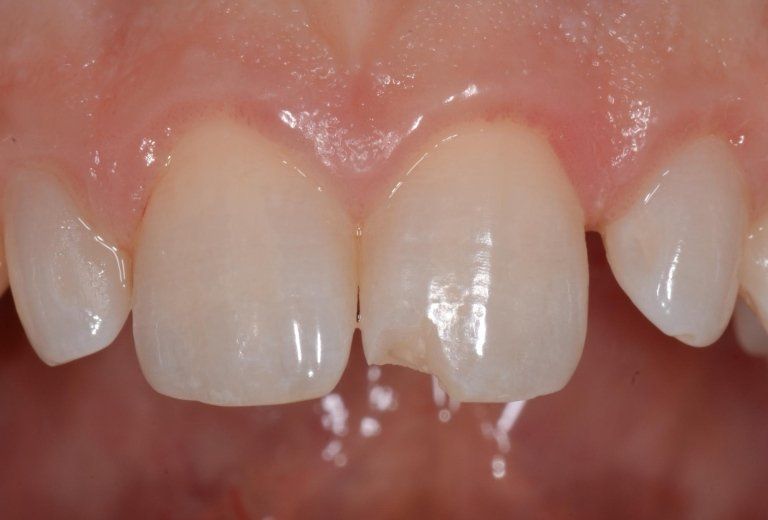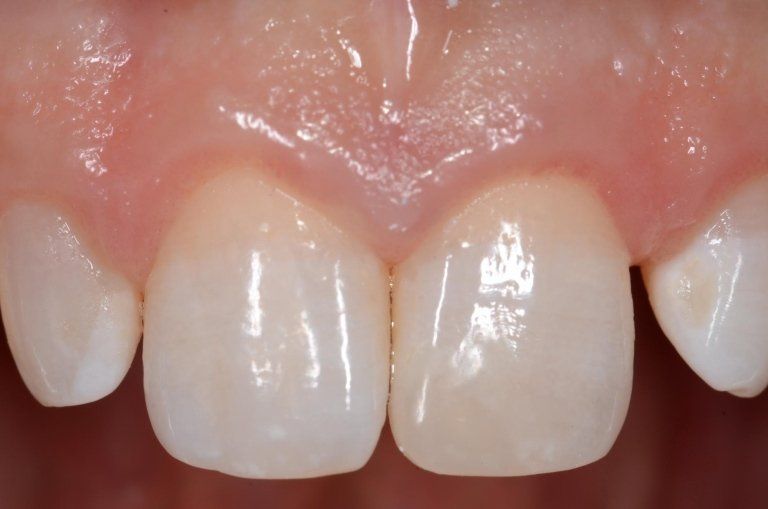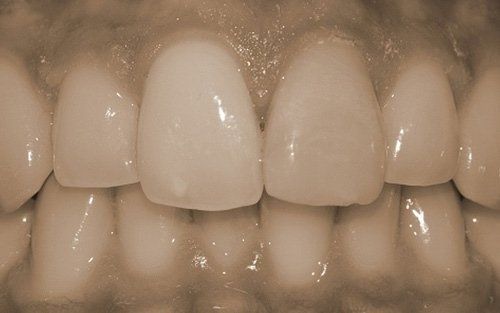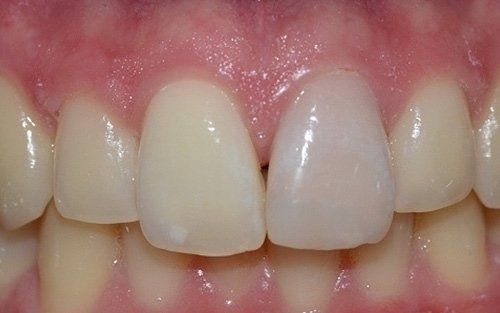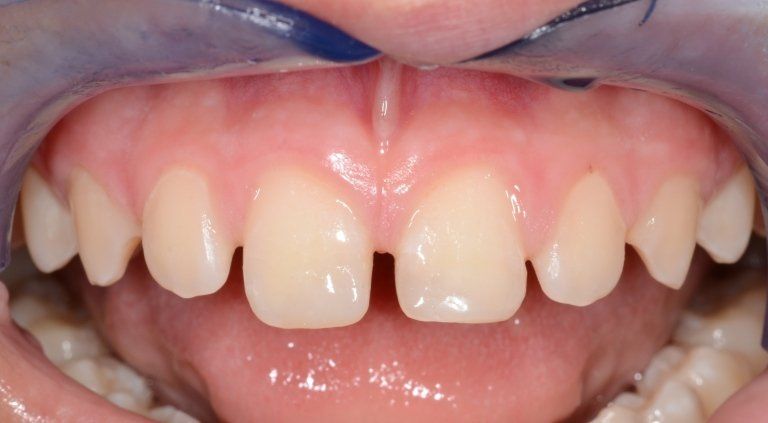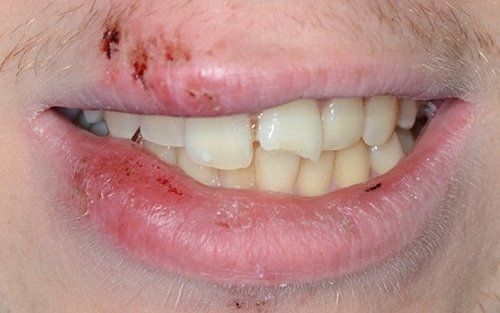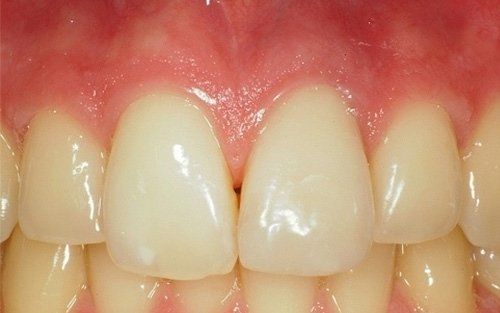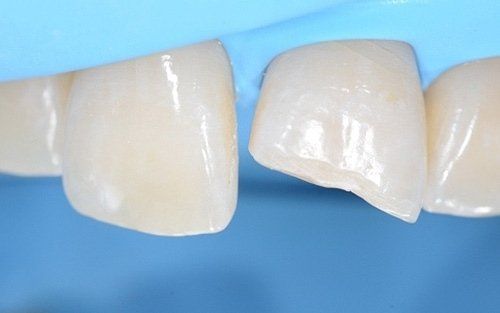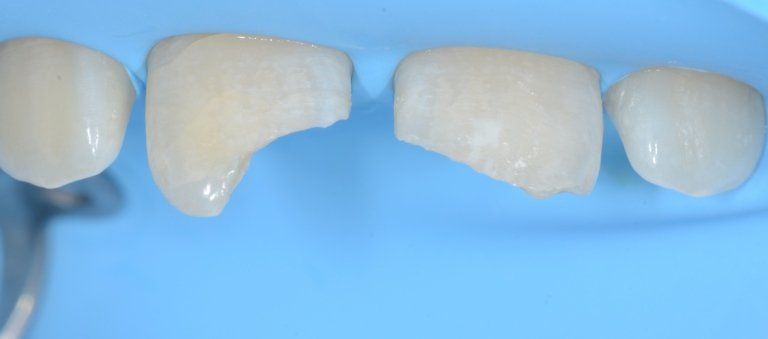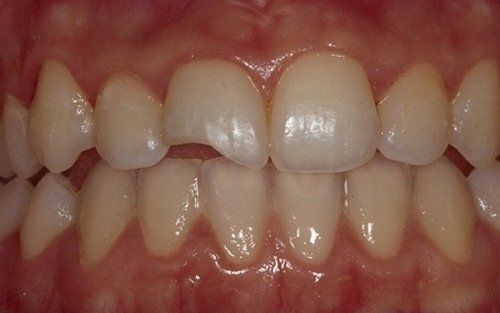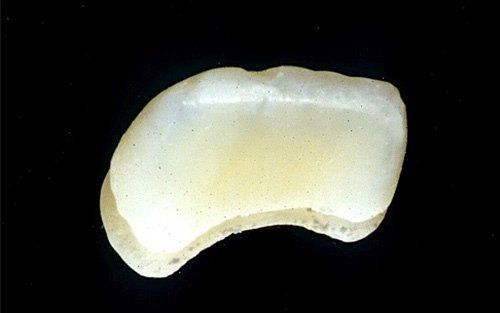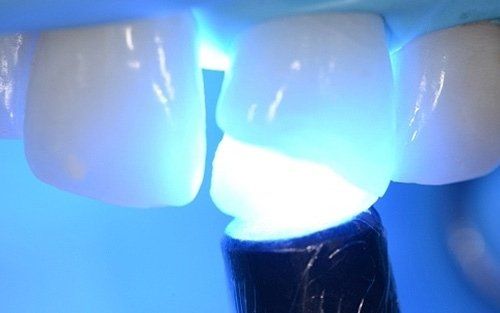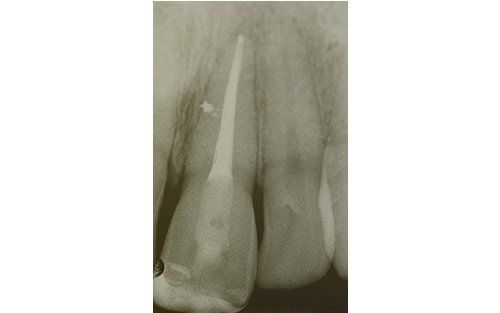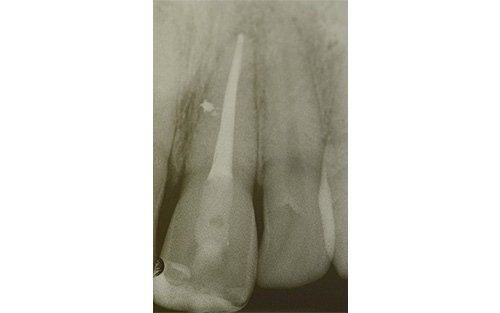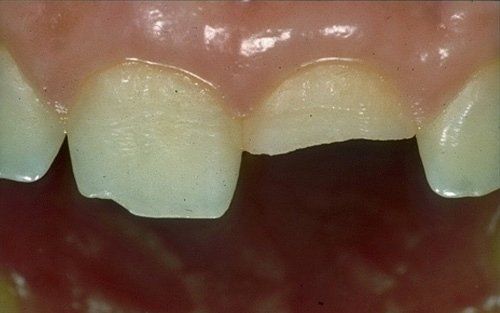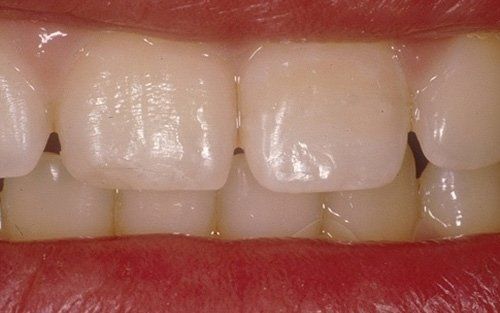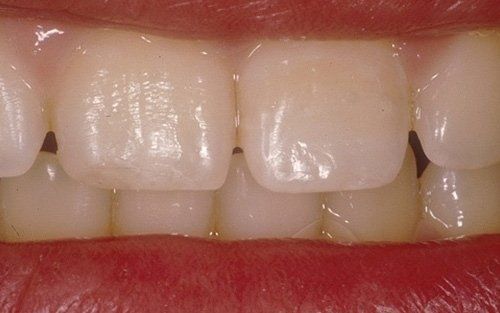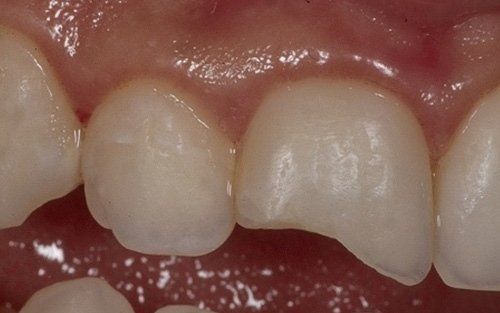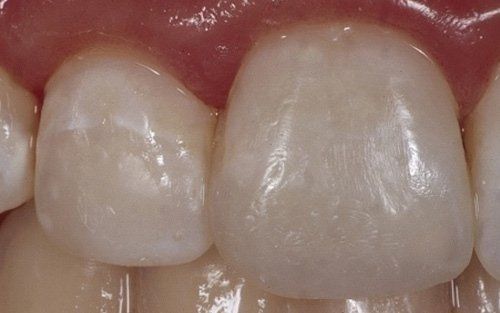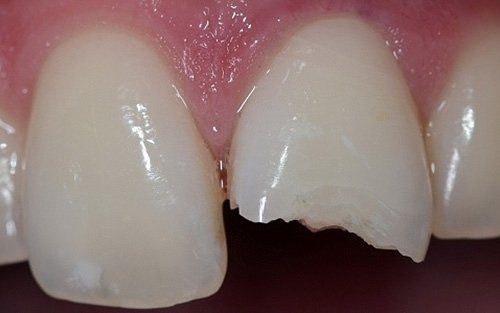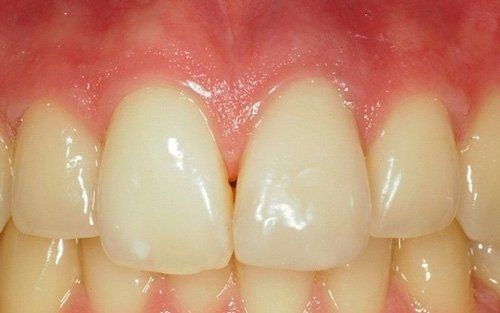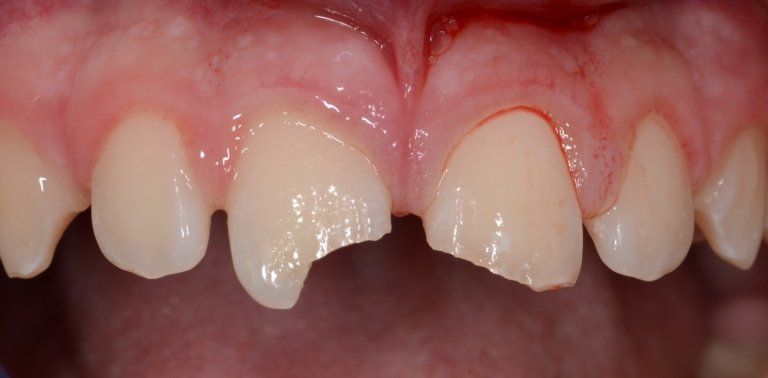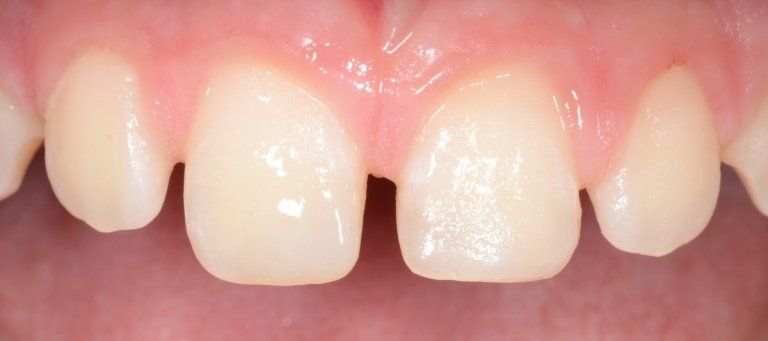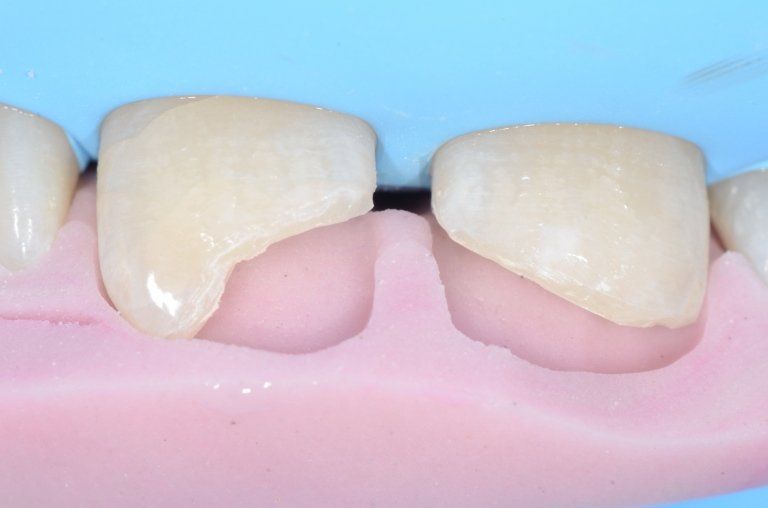DENTAL TRAUMA
Frequent in paediatric age are traumas (sports-related and non). As a consequence, the upper anterior teeth (i.e., incisors) are the most exposed to the event, which can result in a
crown fracture with or without involvement of the pulp, in
tooth necrosis (which can occur more easily without any fracture of the dental crown), or in a range of complications from
luxation to intrusive or extrusive traumas, up to avulsion, i.e., the
complete displacement of the tooth from the socket.
Traumatised deciduous teeth most often undergo necrosis with consequent colour change, becoming greyish, a sign of death of the dental pulp cells. In other cases, the tooth may fracture to a greater or lesser extent: if the fragment is found, it can be reattached invisibly, or it will be reconstructed with composite materials.
Even in the case of avulsion, i.e., the tooth coming out, it is important to preserve the element in milk or saline solution and go quickly to the dentist: within the first 60 minutes, there are good chances that the repositioning of the tooth will be successful in the medium to long term.



